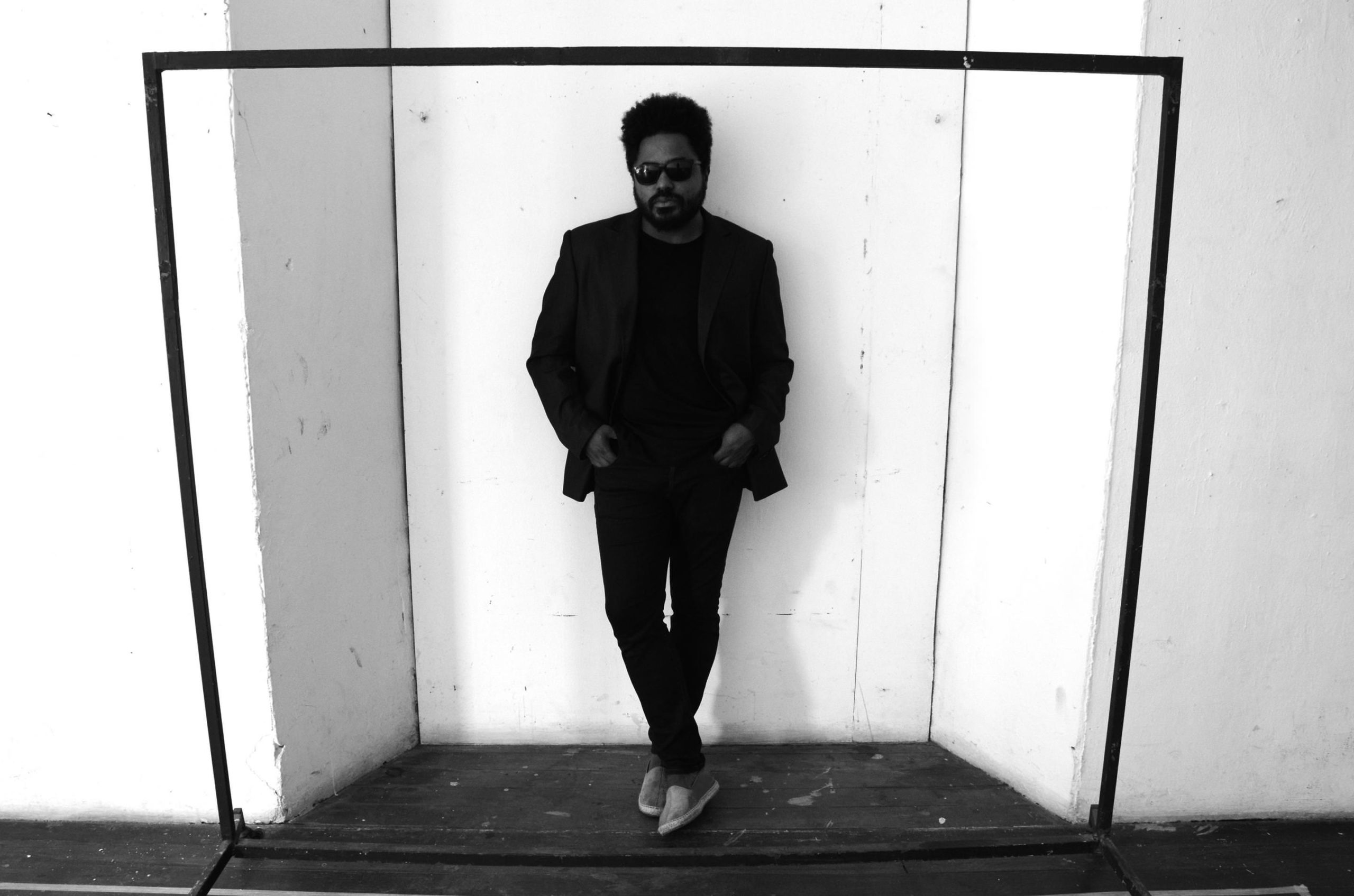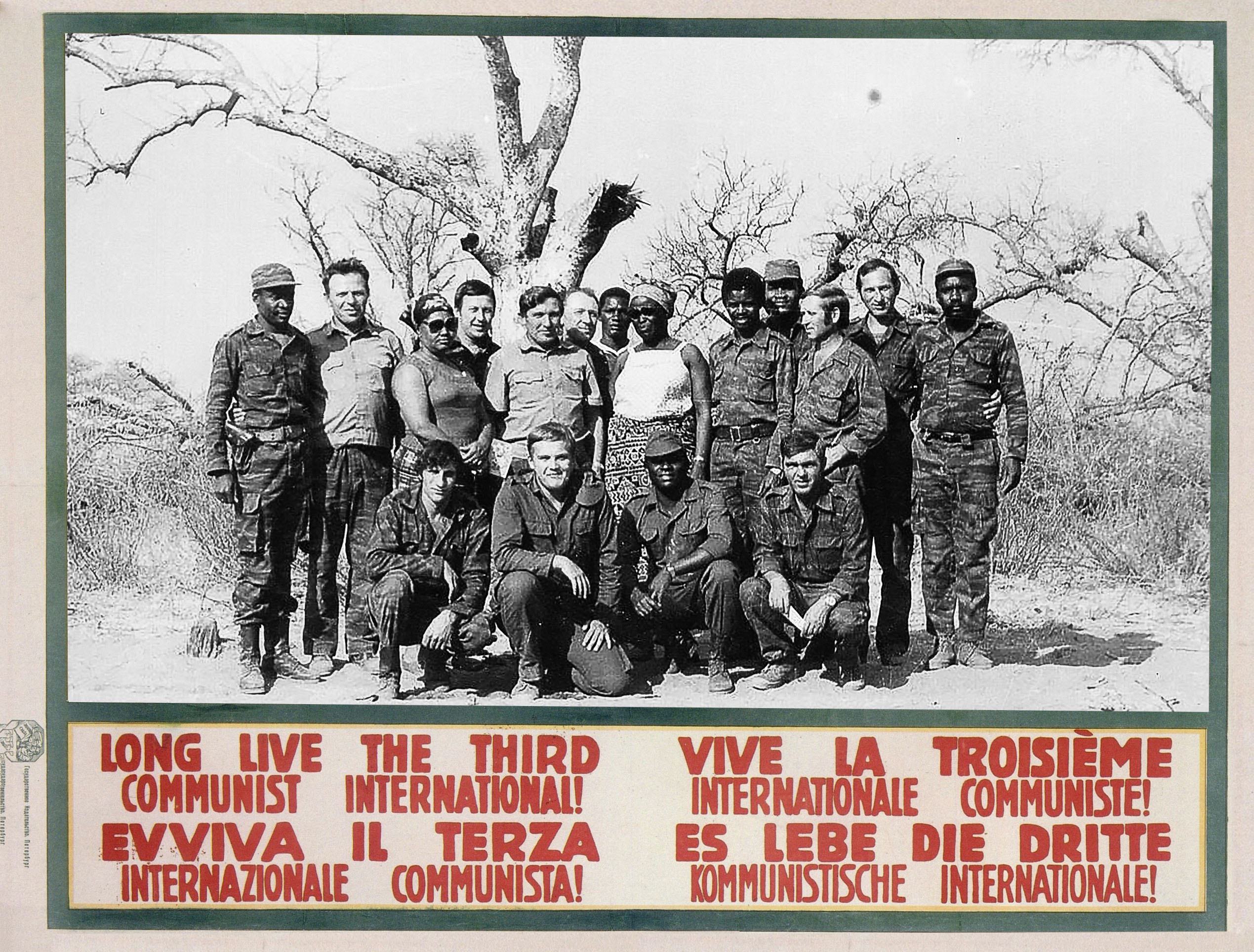This year, the Frieze Artist Award is honoring Kiluanji Kia Henda—the first African artist to receive the award and project commission. The Luanda-based artist, known for his photography, video, and performance works, won the open call, pulled from 82 countries. Kia Henda shared with Whitewaller his plans for the two-part installation Under the Silent Eye of Lenin, which is inspired by Marxism-Leninism after independence in Angola and shines light on the parallels between witchcraft practices during Angola’s civil war and science fiction narratives used by Cold War superpowers.

Kiluanji Kia Henda.
Photo by Muamby Wassaky.
Courtesy of Kiluanji Kia Henda.
WHITEWALLER: Congratulations on being named the Frieze Artist Award 2017 winner. Can you tell us about how you arrived at the subject for your proposal?
KILUANJI KIA HENDA: My father, a fierce communist who was one of the leaders of the clandestine struggle against Portuguese colonization in Angola, says how his generation followed with great enthusiasm the prowess of the Cuban revolution led by Fidel Castro. Similarly, in a conversation with NYU professor Deborah Willis, she told me that what happened in Angola during the beginning of the colonial war also served as a source of inspiration among young blacks in the fight against racial segregation in the United States. It is thus necessary to be aware of all these global dynamics in order to understand how a country in the tropics becomes of Marxist-Leninist tendency after its independence.
This political doctrine, by its history, better fitted the desires of those who fought against colonial oppression and intended to create a new nation-state, free from a small but dominant and oppressive bourgeois class. In this project, I am interested in addressing this dogmatic dimension of Marxism-Leninism, at a time when the Cold War and all its nuclear technology threatened our existence on earth. But outside of nuclear paranoia, there were several localized and extremely violent conflicts in the Cold War geostrategy, as was the case in Angola, where the alliance with Cuba and the former Soviet Union made it possible to stop the South African invasion, at a time when South Africa was held hostage by the apartheid regime.

Kiluanji Kia Henda, Under the Silent Eye of Lenine (Posters Edition), silkscreen and inkjet print,
59cmx84cm, 2017.
Courtesy of Kiluanji Kia Henda.
WW: Could you describe the two-part installation?
KKH: The exhibition is divided into two spaces (with supposedly paradoxical content) between the productive force that will be represented in the performance and installation of unfinished sculptures and, in the second space, an installation that will function as a kind of altar. In Angola, in the People’s Assembly soon after independence, there was a bust of Lenin, which inspired the celebrated phrase of the first Angolan president, Agostinho Neto, where he said that “under the silent gaze of Lenin we founded the MPLA-PT”—the party which has been in power since 1975. For this reason, Lenin’s bust has become the centerpiece of this installation, where also through video, posters, and performance, I intend to address a theme that had a profound impact on my life and my training as an artist, which was the perverse influence of the Cold War in a fratricidal conflict in Angola.
WW: You are the first African artist to receive the award. What does this recognition mean to you as an artist?
KKH: I grew up in a city where to this day there is not a single museum dedicated to art, or an art university. I am of a generation that grew up in troubled times where we were every day, and still are, confronted with extreme misery. The immunity one has to develop to live with this reality daily corrupts our sense of humanity. However, I come from a middle-class family where I always had access to literature and the opportunity to travel, which made me privileged in this context. Far more than plunging into mere artistic ramblings and interest in aesthetic issues, I am aware of how art can also be a means of denouncing the injustices of the present and exorcising the ghosts of the past or speculating about a possible future. This prize is a unique opportunity to bring to a larger audience issues that are hardly part of a main stream agenda.
This article appears in Whitewaller London & Paris 2017, out this week.









